Menswear expert and cultural commentator Jason Jules reports from London's recent unique trade show Jacket Required. He finds pockets of anti-trend menswear with graphic styles for 2015.

Where once menswear seems to be all about the various and often indecipherable shades of black, and navy and of course grey, some kind of explosion has happened — literally, metaphorically aesthetically and economically — within the world of menswear.
Now that anything seems possible, it is the most self-defining and non-trend following brands that appear to be the most compelling. As with strong graphic design, it’s often the restrictions, the lack of choices that bring out the best work. While a huge number of labels are now discovering all-over prints, contrast pocket prints or relying on classics such as diagonal strips, faux collegiate logos and Scandinavian style simplicity – all current and ongoing trends – others are playing a long game, developing a less transient dialogue with their audience that say as much about culture and context as they do about visuals and design.
Last week I had what many would call the rare privilege of spending time among a group of professional fortune-tellers, people who’s job it is to see into the future, twelve months ahead of time, and predict what we will and won’t be wearing. Three floors full of rails, tables and wall space bursting with brand new samples all on display for a lexicon of buyers, mostly from around the UK but many from Europe and much further afield, each looking, touching, discussing and foreseeing the future. And now, I too have seen what’s in store for us and the future, to borrow a phrase, looks decidedly bright.
There we were, at the latest instalment of Jacket Required, if not the UK’s biggest then certainly it’s coolest trade fair for menswear. A trade-only event, it takes place twice a year, once in late January / February and and again in late July. Launched in Spring 2011, the show has grown from an almost family-and-friends affair in a gallery-come-event space off Arnold Circus, to this epic, sprawling happening occupying what seem like football-pitch size floors in The Truman Brewery on Brick Lane. Having spent a couple of seasons in the medium-sized basement of the glamorous grade two listed art deco Bloomsbury Ballroom, it’s hard to imagine that this show can grow any bigger.
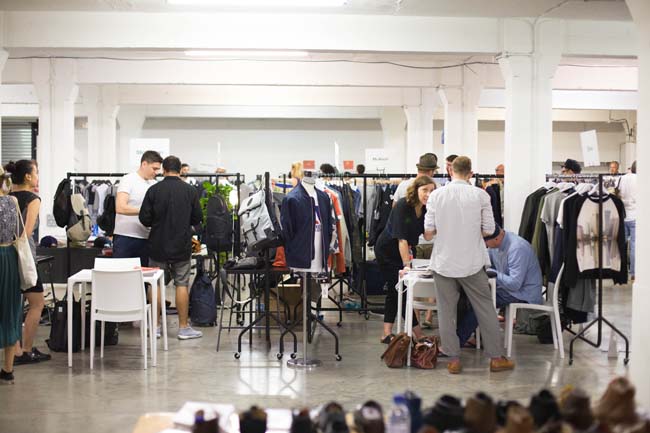

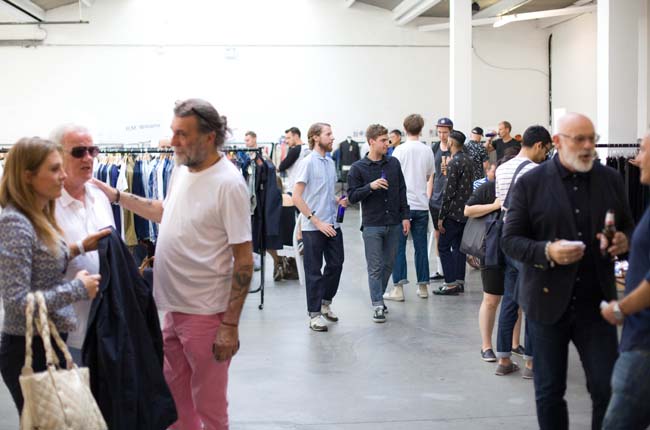
But in this instance it's not really size that matters. Long-established brands like Dickies, Levi’s, Sebago, Baracuta and Diesel present their collections on much the same rail and table set-ups as non-mainstream brands like Duffer Japan, Human Made and TSPTR, as well as young up-and-coming labels like Knight Mills, Satta and my own label House Of Garmsville. As a result, a kind of curatorial transparency seems to be in operation – one gets to judge the clothes on their own merits without having to cut through a veil of glitzy and often off-putting branding as with other less considered trade shows. Stripped of all this kind of paraphernalia, a keep-it-simple approach gives you the refreshing impression that in this fashion fair, the organisers firmly believe in the idea that what you see should be what you get. Within this environment, amongst the most interesting brands at least, the term 'trends' is something of a dirty word, or perhaps an anathema. If they are ‘on trend’ it's a kind of happy accident... Launched by Craig Ford and Mark Batista, Jacket Required’s strength is in its curation (including a tasteful lack glitz) as well as its knack of finding the right locations. While Brick Lane may not be the hippest street in London (I suspect that's still Redchurch Street), with numerous menswear stores surrounding it — for example Number Six, Son Of A Stag, Folk, YMC, Grenson and Justin Deakin — it's already established a reputation as a menswear Mecca. Holding Jacket Required within the Old Truman Brewery complex also meant that a fair number of store owners but also designers of every kind could simply pop in as the show first opened its doors on Tuesday morning last week with no more than a slight detour on their way to work. Further, Batista has a store (Number Six) in the same block as the show, Ford’s offices, where he runs his own distribution company called A Number Of Names, are a ten minutes walk away in Shoreditch, above another menswear Mecca Present London, and a stone’s throw from Box Park. As Ford put it, one of the reasons for the show’s increasing popularity is its comprehensive offering, catering to “a broad range of premium brands from all aspects of menswear – sportswear, tailoring, streetwear, fashion, casualwear footwear and accessories”.
Within this environment, amongst the most interesting brands at least, the term 'trends' is something of a dirty word, or perhaps more accurately an anathema. If they are ‘on trend’ it's a kind of happy (and in some cases not so happy) accident, or it’s simply that they share with other brands a similar aesthetic and set of cultural reference points. Take Duffer Of St George Japan (with graphics designed by founder Marco Cairns), TSPTR and Human Made — for me three of the stronger brands at the show. Each taps into a kind of outsider’s take on mid-century America, liberally melding the counter culture, the pop culture and the youth culture of the time in a way that is loaded with post-modern self awareness. Russell Gator, explains of his brand TSPTR, “it's an acronym for Truth, Symmetry, Pleasure, Taste, Recognition — the five principles of modernist design. The brand is built around this ethos that garments should be functional and aesthetically pleasing while expressing a narrative based on clothing or events from the past. Informed athletic wear”. It's a graphic language that, while taping into the past, works only because it is refined for a contemporary, informed audience. As Gater explains of the forthcoming Spring Summer 2015 collection: “The collection explores the 'rock n roll' war from various angles through 60s-era graphics and silhouettes.”
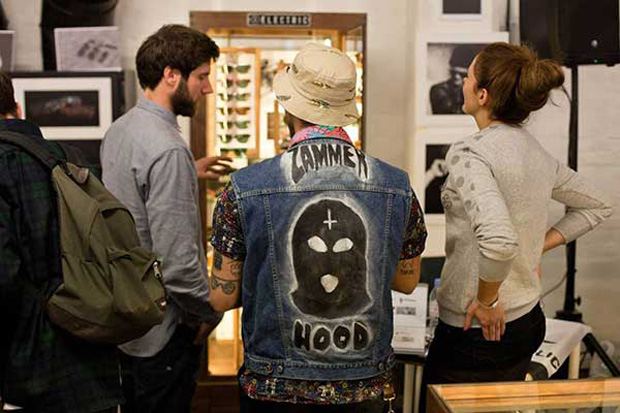
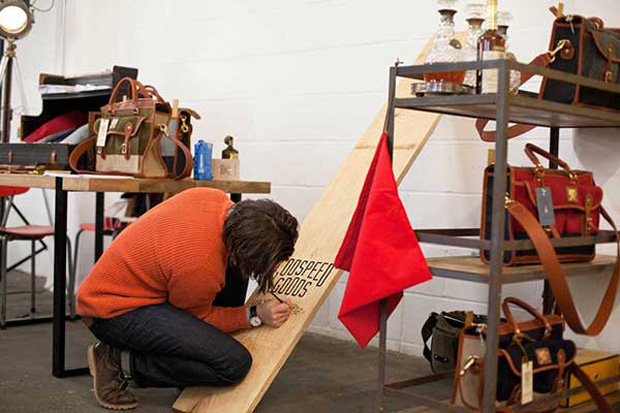

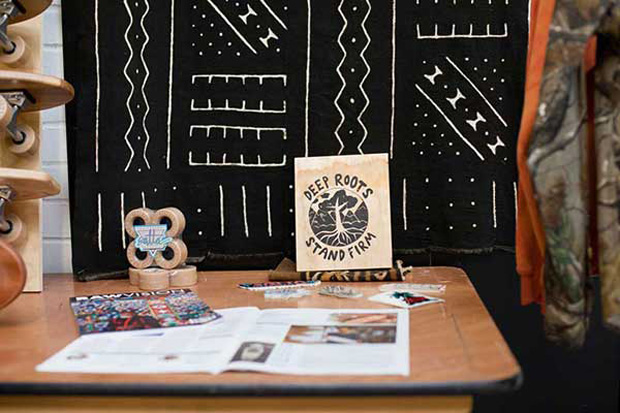
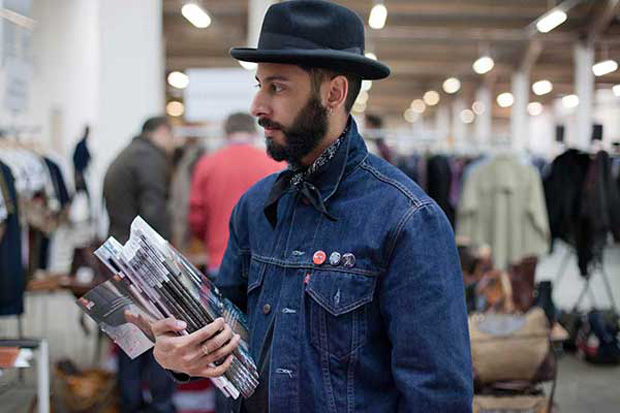
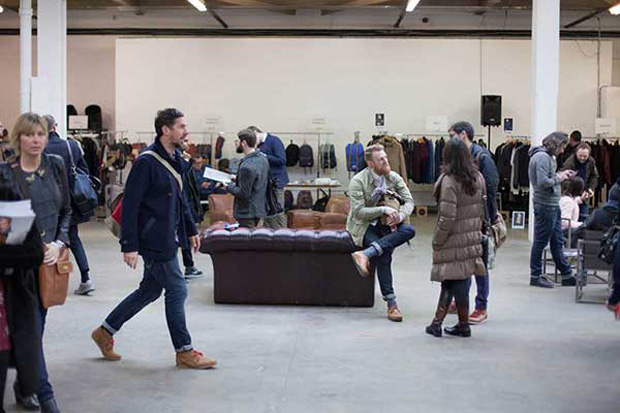
The designers at Jacket Required seem of the belief that buying their products is less about fashion choices and more about lifestyle and cultural touchstones. In that sense, the graphics are not merely pretty visuals that catch the eye, they're signifiers for an elite group of their own making. Ford, who looks distributes Human Made, a Japanese brand founded by Nigo (a Bathing Ape founder) and featuring the work of longtime graphics collaborator S8Thing, is very aware of the type and tone of brands in his portfolio, describing them with typical understatement as “a certain type of brand from the US and Japan, who have a base in culture or sportswear”.
I prefer whatever I’m creating to be born out of a sense of space and cross-cultural influences... I am completely out of the loop of what’s happening in menswear Up-and-coming skate brand Satta operates in a similarly coded aesthetic. Run by Joe Lauder, the label is based in Brixton and has been going for only a few seasons. In a way, it’s a cool contrast to Palace Wayward Boys Choir, one of the most important skate brands around right now, if not the most important second only to Supreme. As Lauder explains, the Autumn / Winter 2014 season for Satta boasts a collaboration with a seventies graphic legend: “At the end of August we release the 'Mello Riders' collaboration with Steven Harrington. Its a lot louder than Satta's usual aesthetic, Steven’s work is super bright, psychedelic pop-style but it works well on the boards and really brings them alive. One of the tees from the upcoming AW14 collection is called the Multidimensional Lightworkers Corporation Tee. I’m so stoked to be able to put out something like that, it feels real liberating”.
Like TSPTR, Satta appears to mine its own cultural lifestyle references to furnish its aesthetic, rather than look to any trends that might be emerging over the coming year. “I prefer whatever I’m creating to be born out of a sense of space and cross-cultural influences. In all honesty, I am completely out of the loop of what’s happening in menswear.” In the world of art direction this is what might be termed ‘design integrity’ and it's something Lauder applies with his own work across various media. “I started out as a garden designer in 2009,” he says. “Nowadays I find myself designing gardens, furniture, graphics, clothing and making boards. Yesterday I was designing some wooden planter boxes and today I’m designing a record label sleeve, I’m stoked on that, it keeps me loose.”
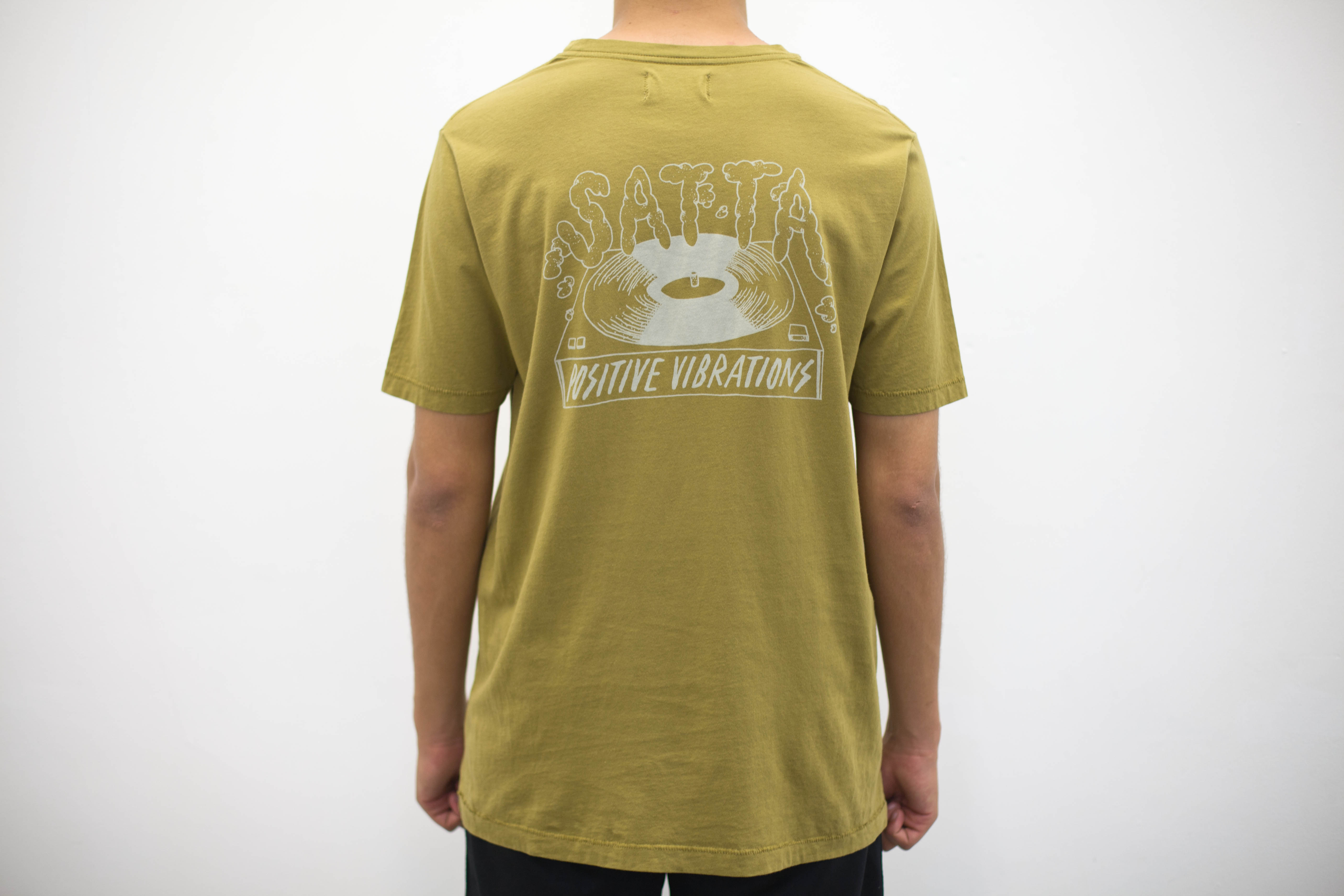
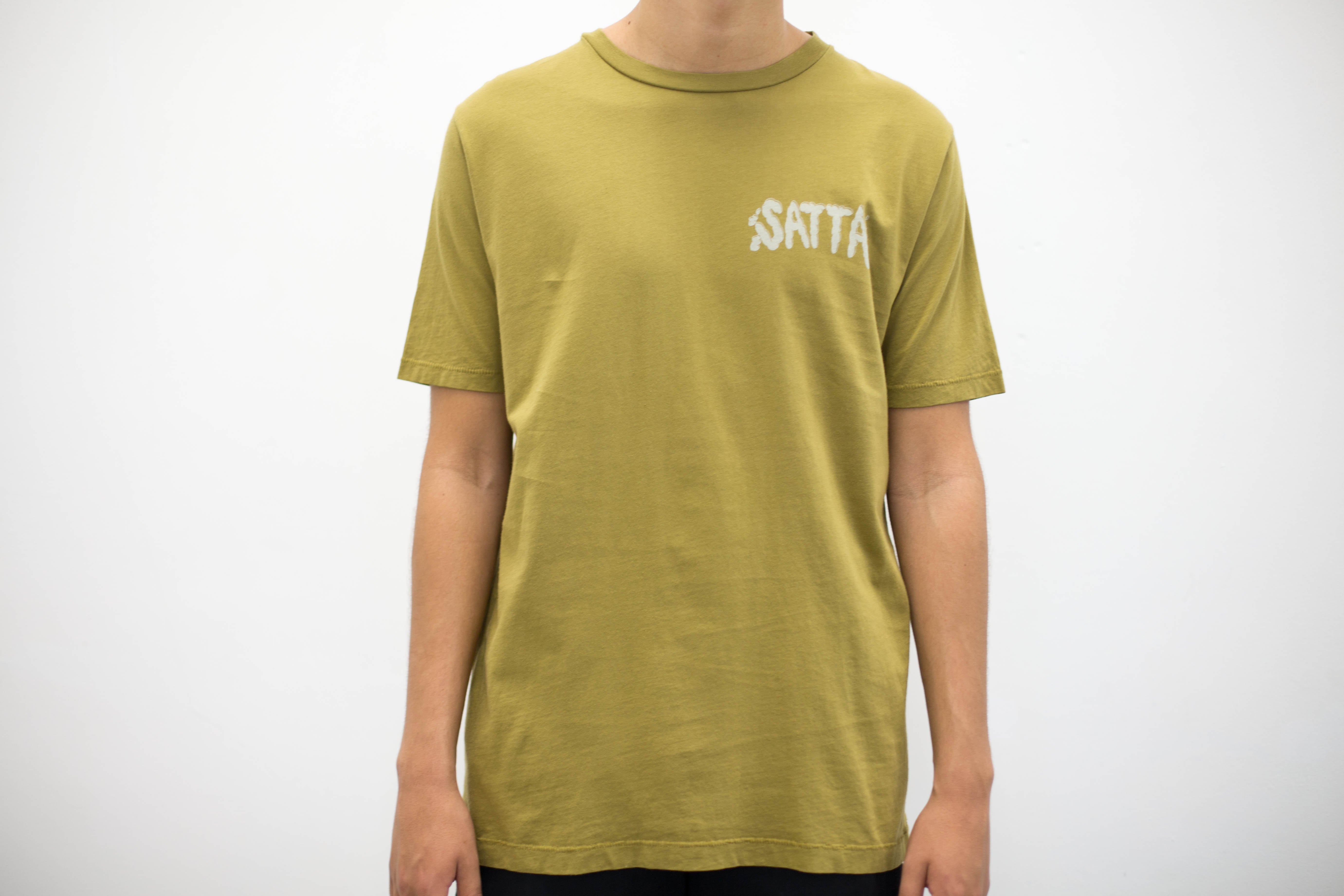
Applied to the boards and clothing, this approach gives the Satta customer a kind of typographic road map by which he can literally follow the brand’s evolution. It also affords the brand an authenticity, which distinguishes it from any copyists who might ape the visuals. As Lauder explains, “in terms of authenticity, I’m not too worried about that, who[ever] feels it, knows it.” This is married to Gater’s take on the idea of trends and authenticity. “My interests really lie in sub-cultural and historical style. Often these are hijacked and do become trends but are usually diluted to the point where they loose anything that held the original appeal for me”.
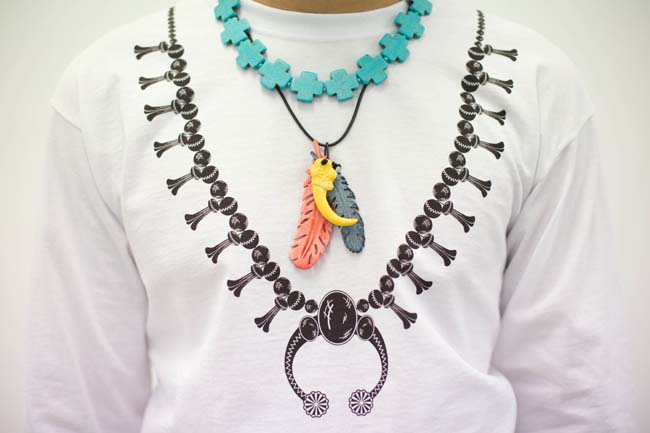
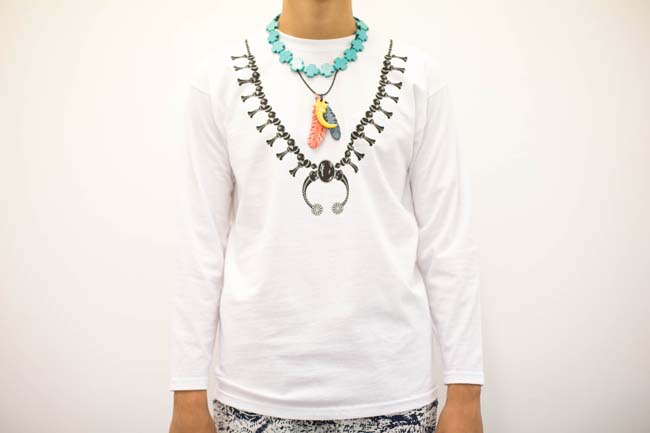
Knight Mills is another up-and-coming brand. Run by Sasha Knight, the brand makes graphic t-shirts and sweats, jewellery and hand crafted leather and canvas bags. The term 'mills' is a nod to brands like Woolrich Woollen Mills and Pendleton Woollen Mills, and points to the founder’s reference points. Hers too is a modern-come-post-modern take on Americana, but in a reduced and often abstracted way that gives the visual references an iconographic and symbolic feel. There's an unapologetic playfulness with the forthcoming Spring/ Summer 2015 collection that combines a sense of indigenous North American nations with trompe l'oeil. Not surprisingly, it was located in the same space as Human Made, TRSPT and my brand, House of Garmsville, which also taps into the notion of American heritage but from an abstracted pointed of view.
It would be easy to think that graphics on sweatshirts and t-shirts are the rightful reserve of the young, but not any more. “Men are more bold with their fashion choices than they have ever been,” says Jefferson Pires and — as a men's fashion blogger with his own blog, Schoolboy Couture since 2009 and official online guy at Jacket Required — he ought to know. “I definitely think that the internet and especially social media have played a huge role in the growth of menswear,” Pires continues. “Apps such as Instagram have made it easy to connect with brands and like-minded individuals, giving menswear the centre stage that it has deserved for quiet some time now”. In many ways, it's this online social dialogue that has allowed many of the brands, especially the ones mentioned here, an ability to operate beneath the radar of the mainstream and connect with an audience already equipped with those key cultural references that allow them to recognise and find each other. But the stores play a major part here too, as they provide many men a real-life destination with which to identify. Places in London like Garbstore, Goodhood, American Classics, Present, Number Six and Batista’s other store, Content, along with The Bureau in Belfast, End Clothing in Newcastle, and Hip in Leeds all provide a setting in which consumers can contextualise their choices, as well as try them on.
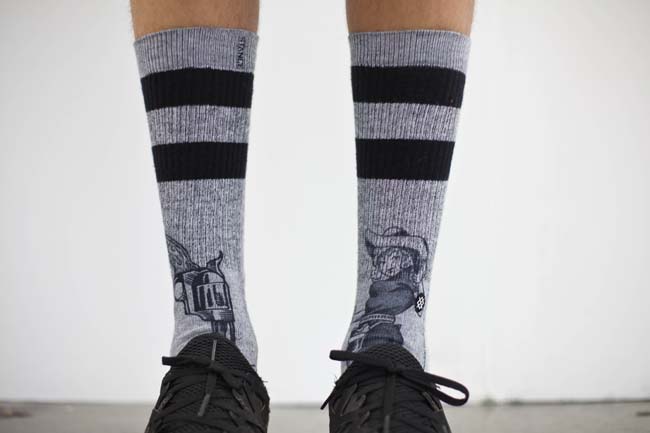
As Everton from Hip, one of the people who has helped shape the way we now relate to menswear and who is responsible for introducing some of the strongest brands in this field explains, “ultimately men will instinctively look for the best deal regardless of what they purchase. But I have found that great packaging from the likes of Ralph Lauren has left a good impression with me.” Packaging, curation and merchandising all add to and in many ways validate the experience of the product for this type of informed consumer, but as evidenced at Jacket Required, if a brand can't stand up without all of that, it doesn't stand a chance. Jacket-required.com
Jason Jules's House of Garmsville
Photography by Dom Fleming

